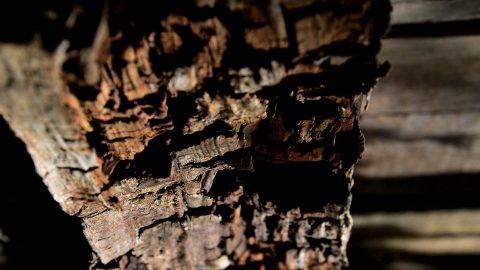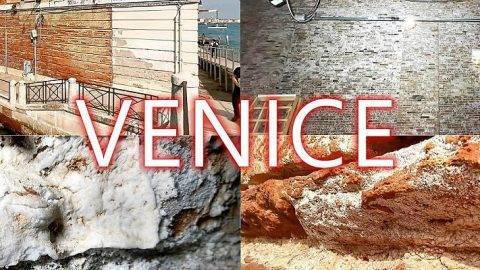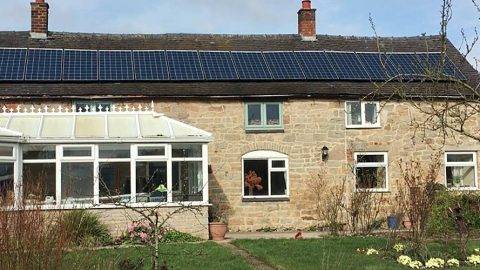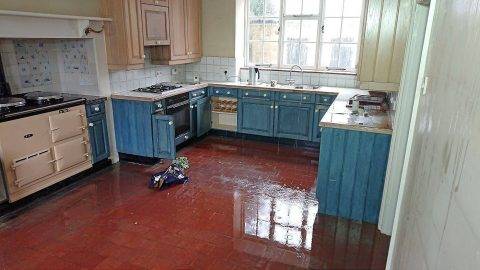Health consequences of living in a damp building, especially dampness related respiratory problems, are a…
What Makes Basements Damp?
Basements are usually dark and damp unless you finish them. If you use your basement as storage space or a laundry room, you’ve likely dealt with leaks, condensation, and humidity.
If you have puddles of water in your basement, you likely have a leak or two in your walls or the foundation. You’ll need to fix those to avoid bigger problems down the line.
If it’s just muggy or humid in your basement, you could have an insulation problem. There are also many things outside of your house that could be causing issues.
Moisture isn’t just dangerous for your home either. It can be dangerous to your health as well. Moisture can invite mold, bacteria, dust mites, and other pests into your home.
Here are a few tips to help you make your basement dry.
Six Tips to Dry Your Basement
Let's start outside.
1. Fix Your Lawn’s Grading
If your lawn is graded toward your house, you’re going to be fighting an uphill battle no matter what you do. A lawn that’s graded toward your house guides the water to your house instead of away from it.
Making this fix can have a huge impact when drying your basement. However, it can be hard to tell how your lawn is graded without the assistance of an expert unless it obviously slopes toward your house.
If the slope is minimal, you can add dirt and grass to level out your yard. Unfortunately, if your house is in a pit, there isn’t much you can do. However, most homes shouldn’t have this problem.
If you are in the unfortunate situation of having a house with steep slopes leading to it, you will likely need pumps installed to keep water out. Some of the tips below can help as well.
2. Install or Replace Gutters and Downspouts
If your house doesn’t have gutters, you’re seriously missing out. Without gutters, all the rainwater that falls off your roof ends up gathered by the foundation of your house.
Gutters aren’t enough either. You need downspouts and extenders that will guide the water away from the foundation. The farther away you guide the water, the better. A minimum of five feet is advised.
When you find localised damp in one corner of your basement look for a missing or blocked down pipe around that corner.
3. Get Rid of Mulch / Install Drainage
Regardless of if you have gutters and downspouts or not, some rainwater is going to find its way to your foundation. Another way to cut down on puddles near your foundation is to have rocks or gravel around your house instead of mulch or grass.
Grass will at least absorb some of the water and use it. Mulch just soaks it up and sits there. Surrounding your house with rocks and gravel instead will guide the water into the ground where it belongs instead of pooling it at ground level. The deeper the rock or gravel drainage goes the better.
Now let's move inside.
4. Fix Cracks in the Foundation and Walls
Regardless of what your basement is made of, cracks in the walls and foundation will lead to leaks and stability problems. They will need to be patched.
Core Conservation specialises in restoring ancient or listed architecture, especially roman plasters and waterproofing methods. They didn’t invent anything. The Romans did already. They learned from Naldo Busato, one of the last living Venitian masters.
He learned from his father, and the knowledge was only passed to one son every generation for hundreds of years. He also worked with other Venitian masters who didn’t have sons to pass the information to.
They chose him, and he now has passed the information to a new generation of artisans. If your house is built with traditional or ancient techniques, you’ll need the expertise of someone who knows how to restore these buildings.
5. Insulate Your Walls and Pipes
Proper insulation is necessary to cut down on internal condensation. Coldwater pipes and walls will collect condensation and raise the humidity of the room.
If your walls aren’t properly insulated, you should start there. You can either dig around your house and add external drainage or try waterproof but breathable roman lime plasters on the basement walls.
Your water pipes will also cause condensation if they aren’t properly insulated. This is a great time to check all your pipes for leaks. Insulation won’t stop a pipe from leaking. You’ll either need to patch it or replace the pipe.
If you choose to patch it, know that it will need to be replaced eventually. The leak will only get bigger.
6. Improve Ventilation
Traditionally built buildings will breathe. It means that they will constantly inhale and exhale vapours. By installing an extractor fan or some other form of ventilation you can vent humid air from the basement.
You can cope with some damp in the basement by simply venting evaporating moisture. Ventilation will prevent condensation and it can make a big difference by itself.
Jennifer Bell is a freelance writer, blogger, dog-enthusiast and avid beachgoer operating
out of Southern New Jersey. She writes for Dry Basement Solutions,
basement waterproofing experts in New Jersey.
A real basement survey
We have been concentrating on identifying sources of damp and moisture ingress, as well as problems with the current finish in this Victorian Hotel.







